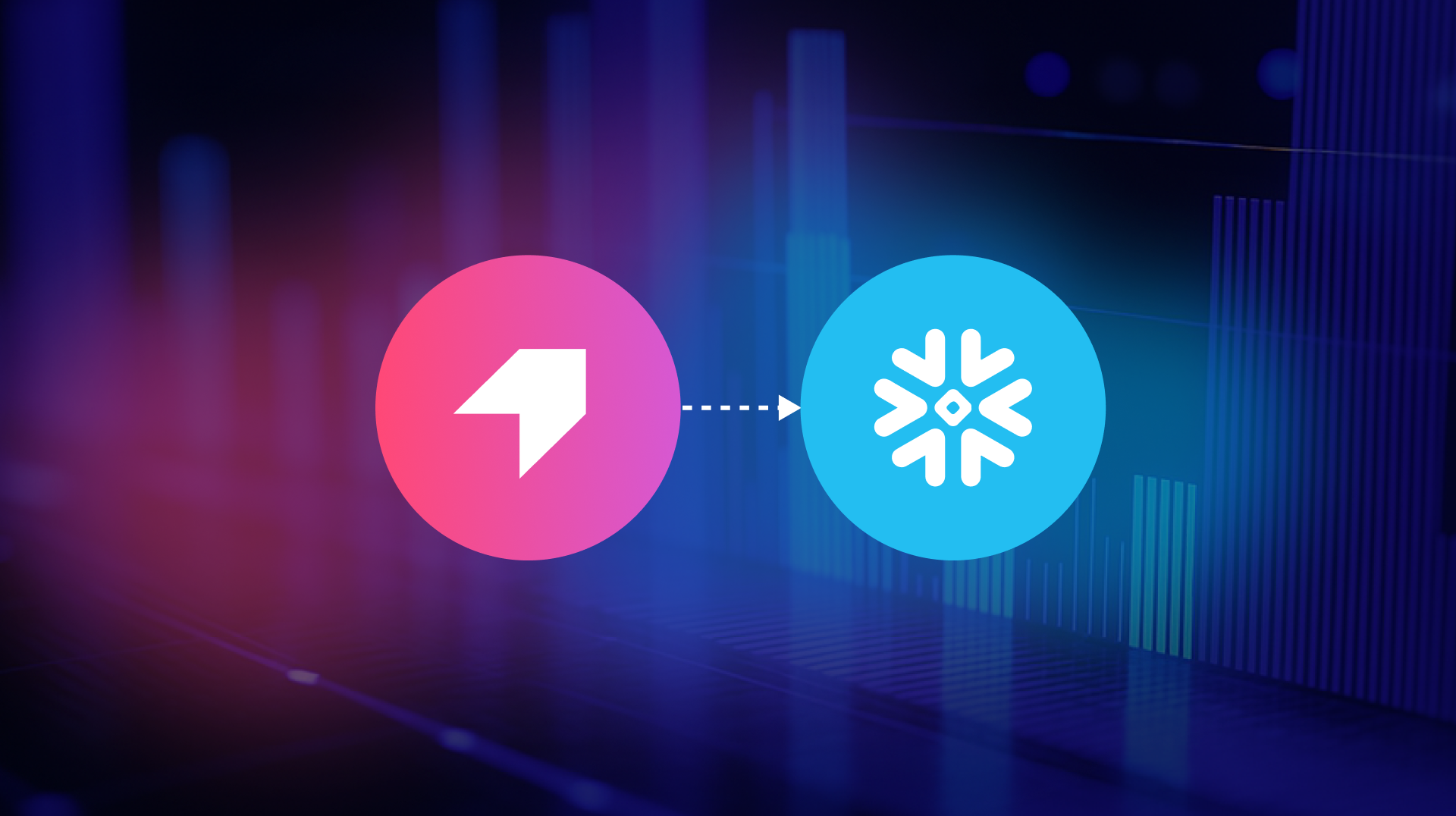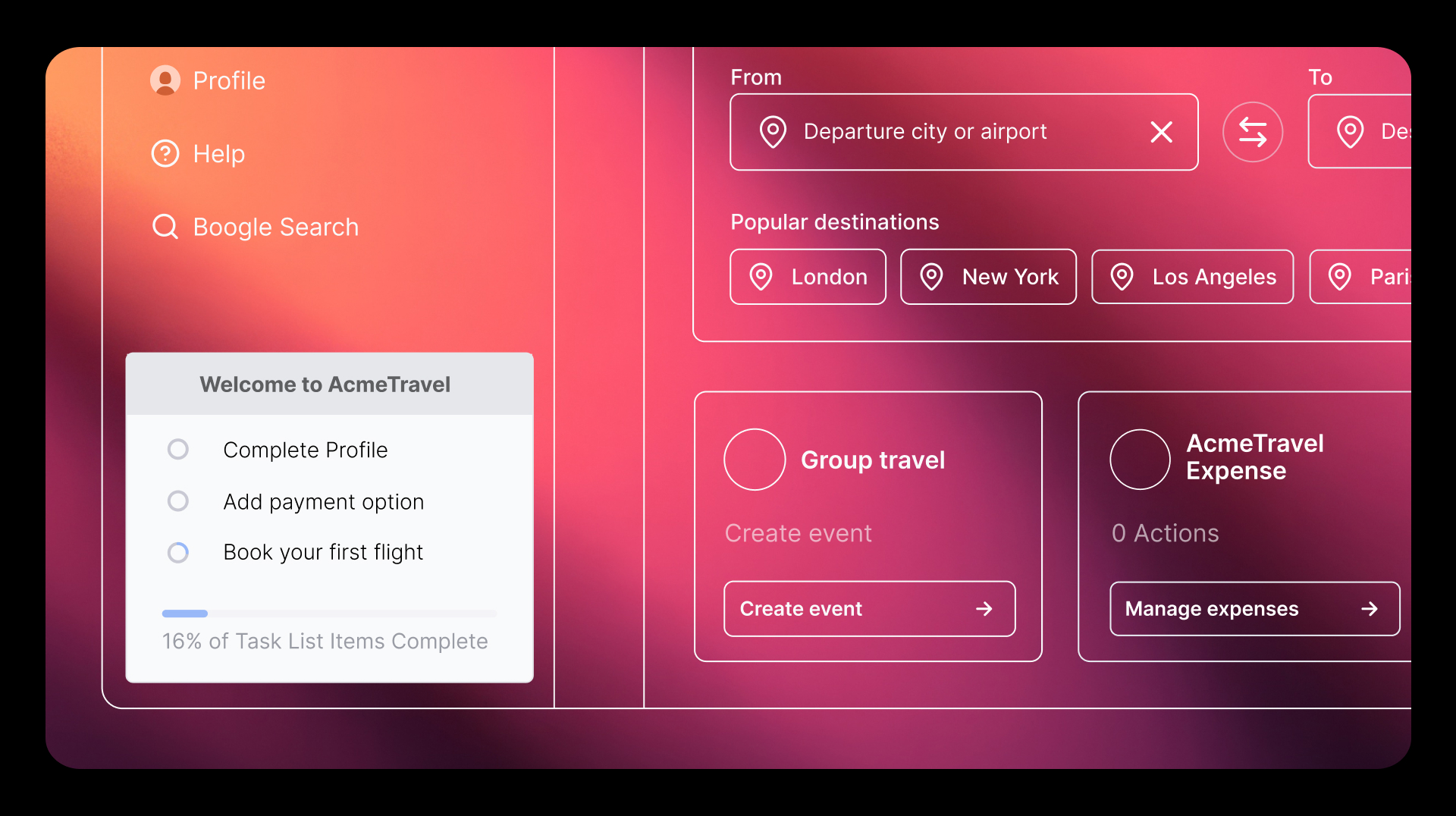Less is more: Why you should be focusing on your product’s ten core features
We say “less is more” but few of us actually practice it, right? For product managers, in particular, more is more. PMs are always looking to build more capabilities, add more features, or create new products entirely. While this isn’t necessarily a bad thing, sometimes you just want to focus on the essentials. (Marie Kondo is surely smiling right now, wherever she is.)
At our Pendomonium virtual conference last fall, we committed to focusing on what’s most essential with the introduction of Core Events: an exciting new capability that helps Pendo users map the ten core features within their product. We’ll also be working to build new metrics and visualizations to help product leaders better understand the parts of their products that are key to their business outcomes.
Why ten?
Historically, we’ve recommended tagging every feature in a product as new questions arise, and every tagged feature was treated the same in Pendo. But, PMs know that not all features are equal. Some features are absolutely core to the makeup of a product, and they should be treated as such.
Core Events are intended to be the differentiating features within a product. They should be treated differently than the vast majority of tagged features in Pendo, and they require more attention and care from the product management team. We’re offering ten because we want our customers to be thoughtful about the features that matter the most. These are the ten features that will drive discussions around improving adoption and will help teams predict a customer’s future retention. Any more than ten, and are they really core events?
This is not to say that we will never introduce the ability to define more than ten core features. We are actively collecting feedback around the need to identify Core Events per customer journey, persona, or product area. But for now, we start with ten.
Core Events in practice
One of the most useful applications of Core Events is for onboarding. The first impression you make on a new user is crucial–they need to understand both how to use your product and the value it will bring them. This means highlighting the areas of your product that will best demonstrate its value, which is where these ten core features come into play.
When designing an in-app onboarding program, you can use Core Events as your guide to determining which features to highlight in a user’s first experience with your product. A key quality of Core Events is that users who access these features have higher retention rates than your average users. So, steering new customers to features you know correlate with high retention will help ensure they find and use the most valuable areas of your product right off the bat. You can also dig into your Core Events data to uncover insights that will help you optimize onboarding even further. This includes asking questions like:
-
- How do different segments of users discover Core Events differently?
- Which of our Core Events takes the longest for users to find? Why?
- For our Core Event that drives the highest retention, what percentage of users discover this feature in the first 30-60-90 days? How might we improve this?
One of our customers, ShipStation, found that half of new users in their free trial experience weren’t discovering a key feature during onboarding, and were subsequently creating more support tickets than expected. With this insight, the team created a targeted in-app guide to help drive awareness and usage of this Core Event. After 45 days, the number of new users who engaged with the feature increased by 33% and average time to first use had been reduced by an entire day. This is just one example of the power of steering new users to your product’s essential features.
A look to the future
With Core Events now available in Pendo, our product team is turning its attention to other future applications of this powerful capability (while also observing how our customers are adopting this concept and collecting direct feedback). For example, I could see a world where we’ll focus on helping customers determine their Core Events through data science, or help them define personas using the Core Events as a guide.
If you want to learn more about Core Events, visit our help documentation to learn how to set up Core Events and how to interpret the Core Event widgets in Pendo.


